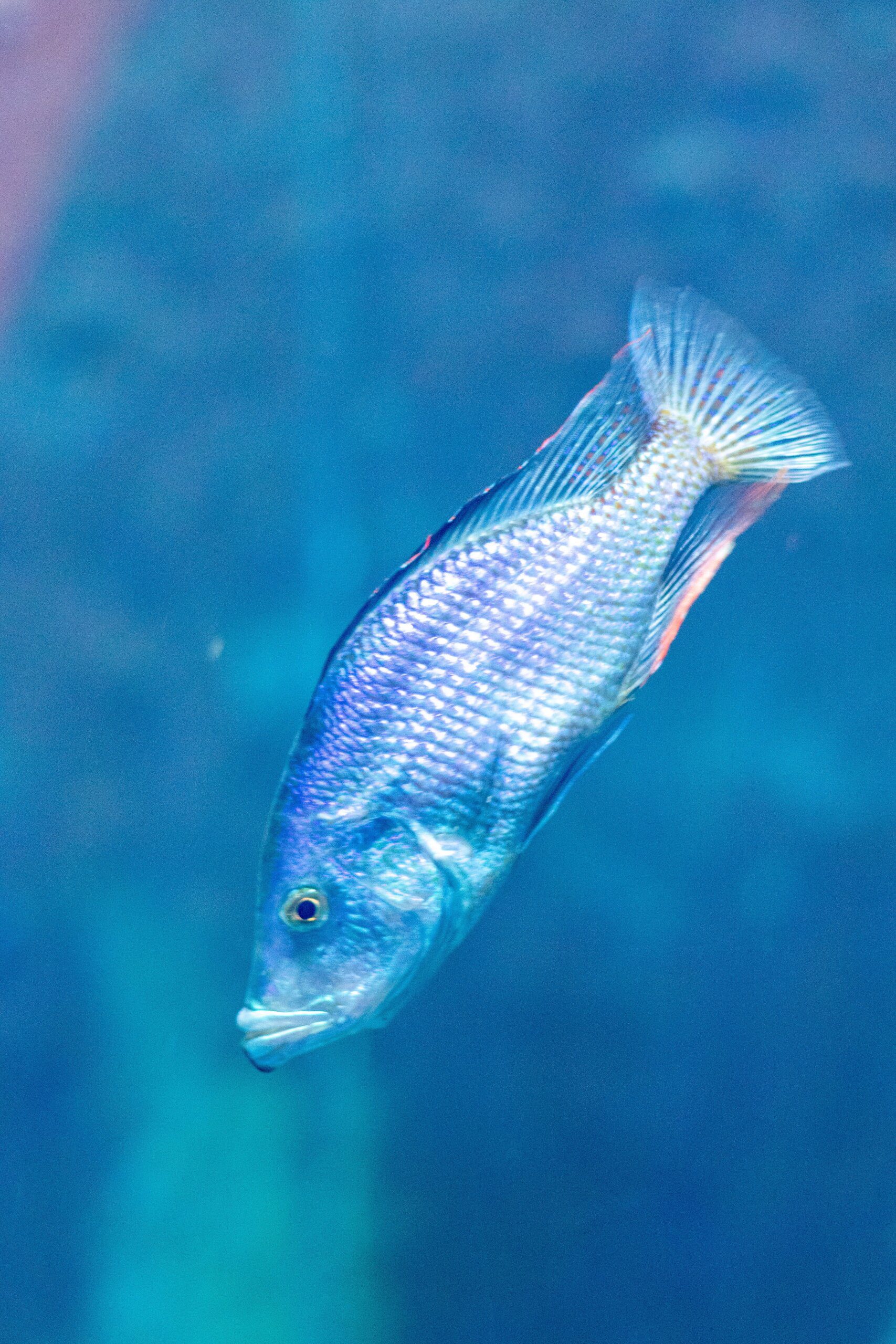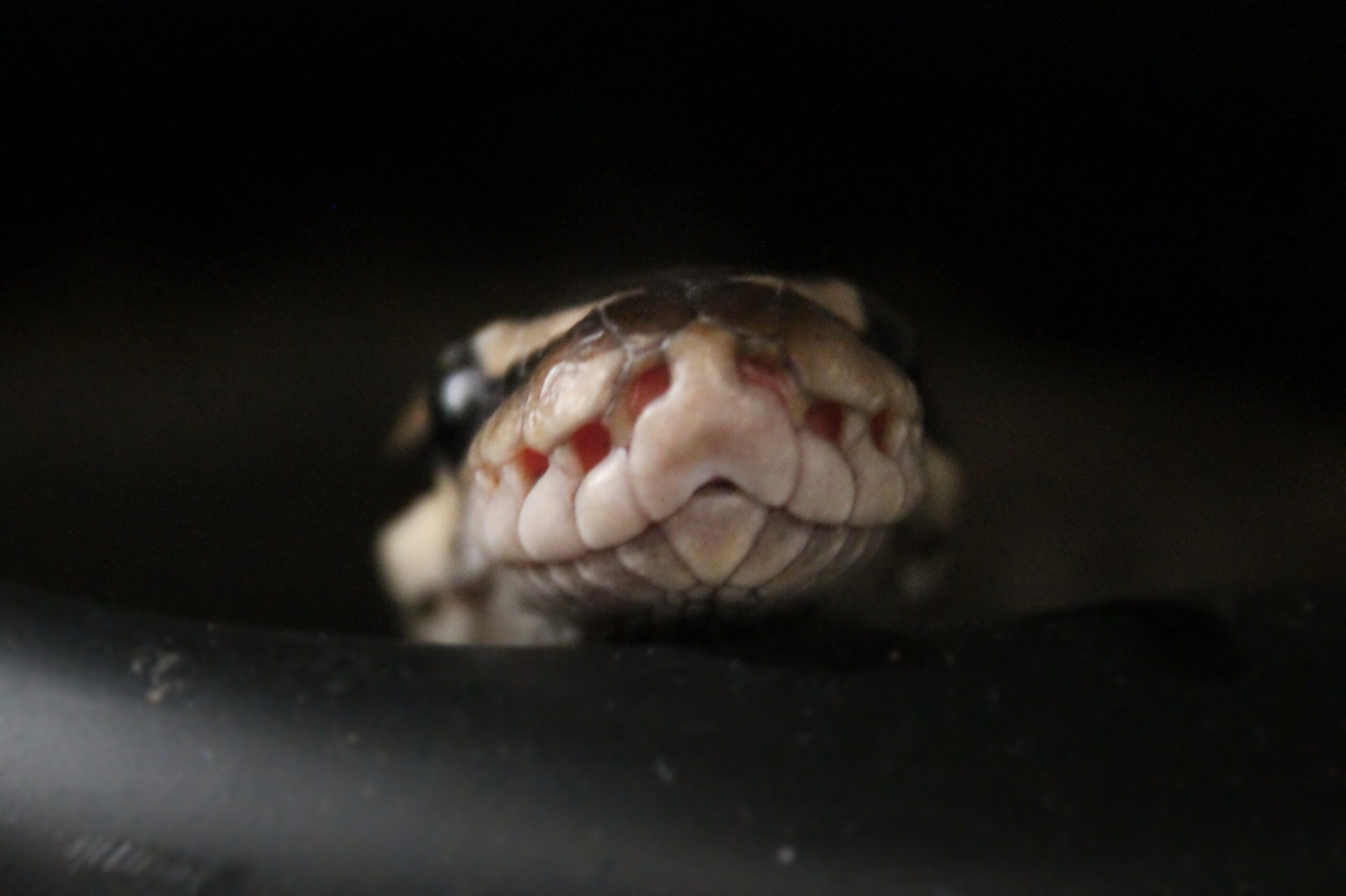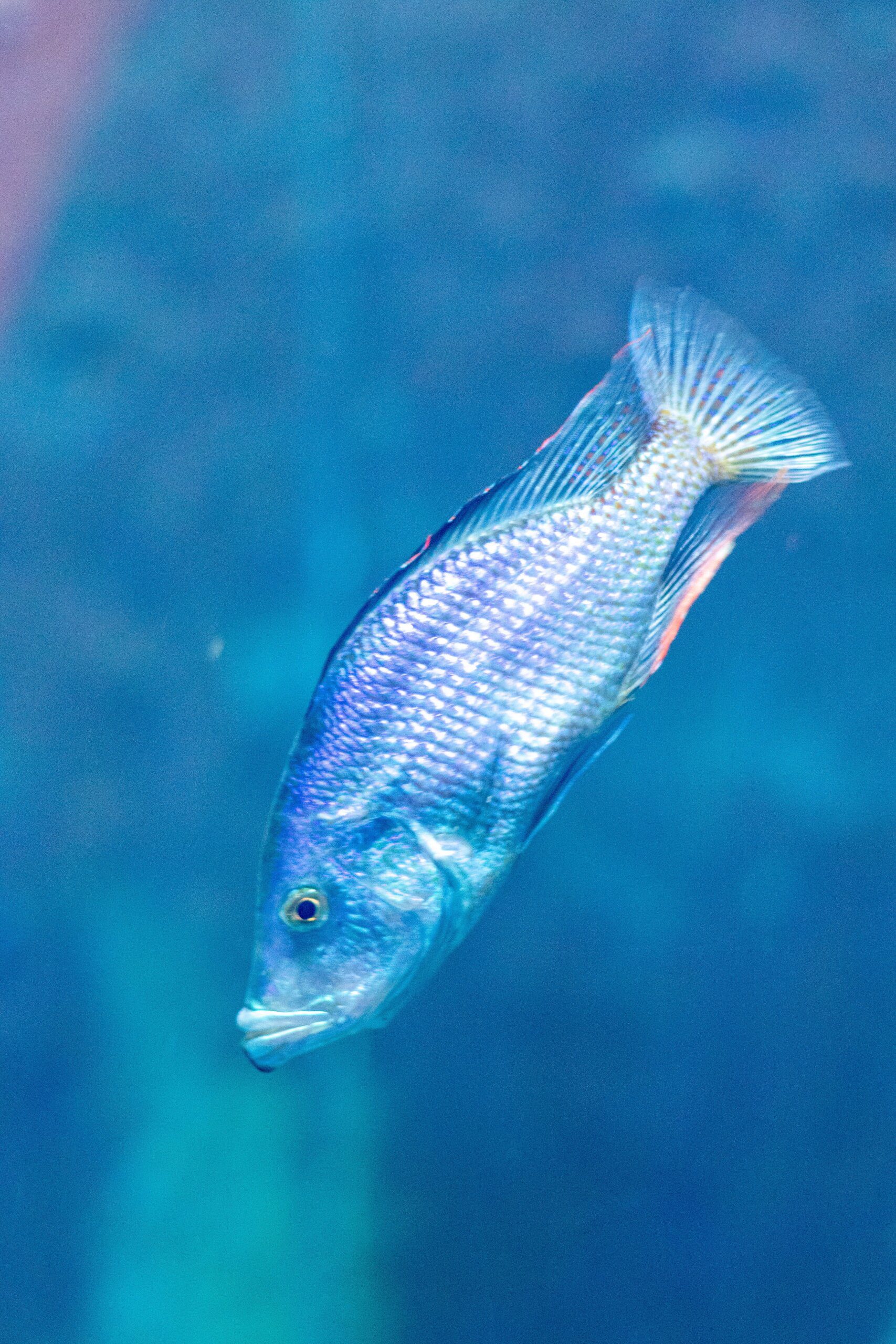Imagine having a pet that is as unique and fascinating as a capybara. These gentle giants, native to South America, have captured the hearts of animal lovers worldwide with their endearing appearance and friendly nature. While it may seem tempting to bring one of these adorable creatures into your home, you may wonder if it is actually possible to have a capybara as a pet. In this article, we will explore the feasibility and responsibilities associated with owning a capybara, shedding light on the joys and challenges that come with having these extraordinary animals as companions. So, if you’ve ever wondered if a capybara could be the perfect addition to your family, keep reading to find out!

What is a Capybara?
A capybara is the largest rodent in the world, native to South America. They have a stocky and barrel-shaped body, with a short head, large front teeth, and small ears and eyes. Capybaras have webbed feet and a nearly hairless body, which is covered in coarse and water-resistant fur. The fur can come in various colors, including shades of brown, gray, or black. Adult capybaras can reach a length of up to four feet and can weigh between 75 to 150 pounds, making them quite large compared to other household pets.
Physical Characteristics
The physical characteristics of capybaras make them well-adapted to their semi-aquatic lifestyle. Their webbed feet allow them to navigate through water with ease, and their eyes, nostrils, and ears are positioned on the top of their head to help them keep a lookout for predators while their body is submerged. Capybaras also have a unique dental structure, with front incisor teeth that continuously grow and wear down through gnawing on vegetation. This dental adaptation enables them to feed on a wide variety of plants.
Natural Habitat
Capybaras are native to the wetlands of South America, including countries like Brazil, Colombia, and Venezuela. They prefer to live near bodies of water such as rivers, lakes, and marshes, where they can easily find their main source of food, vegetation. These herbivorous creatures graze on grasses and other aquatic plants. Their natural habitat provides them with both food and shelter, as they can hide in dense vegetation to avoid predators.

Behavior
Capybaras are highly social animals and are often found living in large groups known as herds. These herds can consist of up to 20 individuals and are led by a dominant male. Within the herd, capybaras maintain strong social bonds and engage in grooming and vocalizations to communicate with each other. They are also known for their friendly and docile nature, often interacting peacefully with other species such as birds and turtles. Capybaras are crepuscular, meaning they are most active during dawn and dusk, spending the majority of their day resting or sleeping.
Capybara as Pets: Pros and Cons
Pros of having a capybara as a pet
Owning a capybara as a pet can be a unique and rewarding experience for the right person. One of the major pros of having a capybara as a pet is their sociable nature. Capybaras are known to form strong bonds with their human caregivers and can be affectionate and loving. They enjoy being petted and scratched, and their calm demeanor makes them great companions for relaxation. Additionally, capybaras have a long lifespan compared to other rodents, with some living up to 12 years or longer under proper care.
Another advantage of having a capybara as a pet is their cleanliness. Capybaras are naturally hygienic animals and spend a significant amount of time grooming themselves. Their water-loving nature also means they can be easily trained to use a litter box or designated bathroom area, minimizing the mess associated with owning some other types of pets.
Cons of having a capybara as a pet
While owning a capybara can be a rewarding experience, it also comes with certain challenges that potential owners need to consider. Firstly, capybaras require a significant amount of space. These large rodents need access to a spacious outdoor enclosure that mimics their natural habitat. They are active animals and need room to roam, graze, and swim. Providing such a space can be logistically and financially demanding, especially for those living in urban areas or smaller homes.
Capybaras also have specialized dietary needs that can be difficult to meet. They are herbivores and require a diet rich in fresh and varied vegetation, which can be both time-consuming and expensive to provide. Additionally, capybaras have specific temperature requirements, as they thrive in warmer, tropical climates. Ensuring the proper climate for a capybara can be challenging, especially in regions with colder or more extreme weather conditions.
Legal Considerations
Capybara ownership laws
Before deciding to bring a capybara into your home, it’s essential to research and understand the legal considerations regarding their ownership. Capybara ownership laws vary from country to country, and even within different states or provinces. Some locations may prohibit the keeping of capybaras as pets altogether, while others may require specific permits or licenses.
It is crucial to check local regulations and consult with relevant authorities, such as wildlife agencies or exotic pet associations, to ensure that owning a capybara is legal in your area. Failure to comply with legal requirements can result in penalties, confiscation of the animal, and potential harm to both the capybara and its caregiver.
Permits and licenses required
In areas where capybara ownership is allowed, permits and licenses may be necessary. These permits are typically required to ensure that potential owners are aware of the responsibilities and requirements involved in caring for a capybara. They may involve educational programs or information sessions to educate prospective owners about the unique needs of these animals.
Permit applications often involve providing detailed information about the facilities where the capybara will be housed, proof of secure enclosures, and, in some cases, a background check. It’s important to carefully review the application process and ensure that you meet all the necessary criteria before bringing a capybara into your home.

Housing Requirements
Enclosure size and design
Creating a suitable living environment for a capybara is crucial to their well-being and happiness. Due to their large size, capybaras require a spacious enclosure that allows for both land and water areas. Ideally, the enclosure should be at least 400 square feet for a single capybara, with additional space needed for each additional individual.
The enclosure should have a secure perimeter to prevent escapes and unauthorized access. Fencing should be sturdy and tall enough to contain a capybara, as they are excellent jumpers. The enclosure should also be escape-proof, as capybaras can be quite clever in finding ways to breach barriers. Additionally, consider adding hiding spots, such as logs, bushes, or tunnels, to provide areas for the capybara to feel secure.
Water requirements
Capybaras are semiaquatic animals, and access to water is vital for their physical and psychological well-being. The enclosure should have a large body of water, such as a pond or pool, that allows for swimming and soaking. The water should be clean, regularly maintained, and deep enough for the capybara to submerge fully.
It’s crucial to provide a sloping entrance or a ramp to allow ease of access in and out of the water. Capybaras often spend a significant amount of time in the water to regulate their body temperature and keep their skin hydrated, so water quality and access must be carefully monitored.
Climate considerations
Capybaras are native to warmer climates and prefer temperatures between 77 to 86 degrees Fahrenheit. It is essential to consider the climate of the region where you live and ensure that your capybara’s enclosure provides suitable temperature regulation. In colder climates, it may be necessary to provide heating elements or heated shelters to keep the capybara warm and protected during cold seasons.
It’s also important to provide shade within the enclosure to protect the capybara from direct sunlight and extreme heat. Trees, shrubs, or man-made structures can be used to create shaded areas where the capybara can seek relief on hot days.
Diet and Nutrition
Special dietary needs
Proper nutrition is key to the health and well-being of a capybara. As herbivores, their diet primarily consists of a variety of fresh fruits, vegetables, and grasses. The diet should be rich in fiber and low in fat to prevent obesity and digestive issues.
Leafy greens like lettuce, spinach, and kale should make up a significant portion of their diet. Other suitable vegetables include carrots, bell peppers, and zucchini. Fruits such as apples, melons, and berries can be offered as treats in moderation. It is essential to avoid feeding capybaras foods that are toxic to them, such as chocolate, caffeine, onions, and garlic.
Feeding schedule
Capybaras require a consistent feeding schedule to maintain proper nutrition. They should have access to fresh water at all times, as well as unlimited quantities of grass and hay. Supplement their diet with a variety of vegetables and fruits, making sure to provide different options each day to ensure a balanced intake of vitamins and minerals.
Feeding should be done twice a day, morning and evening, to ensure that the capybara has a constant supply of food. It’s important to monitor their eating habits and adjust the diet accordingly to prevent overfeeding or undernourishment.
Socialization and Enrichment
Living with other pets
Capybaras are highly social animals and often thrive when living with other members of their species. However, it’s important to note that introducing a capybara to a household with other pets can be challenging. Capybaras may view smaller animals, such as cats or rabbits, as potential prey, and interactions with larger dogs can be unpredictable.
Introducing new animals should be done gradually and under careful supervision. It’s crucial to provide separate areas for each pet if conflicts arise. Consulting with a professional animal behaviorist can help ensure a smooth transition and promote positive relationships between the capybara and other household pets.
Interaction with humans
Capybaras are generally friendly and enjoy interacting with humans. They can form strong bonds with their caregivers and thrive in environments where they receive regular attention and affection. Spending quality time with a capybara, such as providing gentle petting, serves not only as a bonding experience but also as an opportunity for them to get out of their enclosure.
It’s important to approach interactions with capybaras calmly and gently, as sudden movements or loud noises can startle them. Giving them treats or engaging in gentle play can also help strengthen the bond between you and your capybara.
Enrichment activities
Capybaras require mental and physical stimulation to prevent boredom and ensure their well-being. Providing environmental enrichment is essential to keeping them mentally engaged and happy. This can include providing toys, such as floating balls or puzzle feeders, for the capybara to interact with. Large logs or branches can also serve as both a hiding spot and a means of physical exercise.
Capybaras also benefit from regularly changing their environment by introducing new smells, textures, or objects for them to explore. This can be as simple as rearranging the furniture or adding new plants to their enclosure. Proper enrichment helps prevent destructive behaviors and allows capybaras to exhibit their natural instincts.
Healthcare and Veterinary Needs
Finding a veterinarian
Capybaras have unique health needs, and finding a veterinarian experienced in handling and treating exotic animals is crucial. It’s important to research and locate a qualified veterinarian who has experience with capybaras or other large rodents. They should be knowledgeable about capybara anatomy, physiology, and potential health issues.
Consulting with local exotic pet organizations or online forums can help in finding a reputable veterinarian. It’s also important to establish a good relationship with your chosen veterinarian, as regular check-ups and preventative care are essential to maintaining your capybara’s health.
Vaccinations and preventative care
Routine vaccinations and preventative care are essential for the health of your capybara. Your veterinarian will advise on the specific vaccinations required based on the region and potential diseases prevalent in your area. Regular veterinary visits should also include thorough physical examinations, dental checks, and parasite prevention.
Maintaining proper hygiene and cleanliness in the capybara’s enclosure is another crucial aspect of preventative care. Regular cleaning of the enclosure and water source helps reduce the risk of bacterial or fungal infections.
Common health issues
Although capybaras are generally hardy animals, they can be prone to certain health issues. One common problem is dental overgrowth, which can lead to difficulty eating and potential abscess formation. Regular dental checks and providing appropriate objects for chewing can help prevent dental issues.
Other health concerns include skin infections, parasites, and nutritional deficiencies. Maintaining a clean and well-balanced diet, as well as providing proper environmental enrichment, can go a long way in preventing these issues. Regular monitoring of your capybara’s overall health, including weight checks and observation of behavior, is also crucial in catching any potential problems early on.
Capybara Lifespan and Commitment
Average lifespan
Capybaras have a relatively long lifespan for a rodent, with an average lifespan of 8 to 12 years under proper care. Some capybaras have been known to live even longer, reaching ages of 14 to 16 years or more. The lifespan of a pet capybara can be influenced by various factors, including genetics, diet, housing conditions, and access to proper veterinary care.
Considerations for long-term commitment
Owning a capybara is a long-term commitment that requires time, effort, and resources. These animals have specific needs, and owners must be prepared to meet those needs throughout the capybara’s lifetime. Capybaras cannot be easily accommodated or rehomed, so potential owners should carefully consider their ability to provide consistent care and commitment for many years.
Before bringing a capybara into your life, it’s important to evaluate your lifestyle, available space, and financial resources. Consider whether you can provide the necessary enclosure, proper diet, veterinary care, and socialization required for the animal’s well-being. Remember, owning a capybara is a significant responsibility, and careful consideration should be given to ensure that the commitment is mutually beneficial for both the owner and the animal.
Capybara Availability
Finding a reputable breeder or seller
If you have determined that owning a capybara is the right decision for you, it is essential to find a reputable breeder or seller. Responsible breeders prioritize the well-being and care of their animals, ensuring that they are healthy, properly socialized, and have appropriate genetic backgrounds.
When seeking a breeder or seller, it’s important to do thorough research. Look for testimonials, reviews, and recommendations from other capybara owners. Visit the premises and ask questions about their breeding practices, care protocols, and interaction with the animals. Reputable breeders should be forthcoming with information and provide any necessary documentation, such as health records and permits.
Adoption and rescue options
Another option for obtaining a pet capybara is to consider adoption or rescue organizations. Sometimes, individuals who can no longer care for their capybaras will surrender them to rescue organizations or animal shelters. These organizations provide a safe haven for animals in need and work to find suitable homes for them.
Adopting a capybara can provide a loving home to an animal in need and may be a more affordable option compared to purchasing from a breeder. However, it’s important to note that capybaras in rescue organizations may have different backgrounds and experiences, requiring additional patience and understanding during the process of integrating them into your home.
Conclusion
While having a capybara as a pet can be a unique and rewarding experience, it’s important to approach the decision with careful consideration. Before bringing a capybara into your home, it’s crucial to understand their physical characteristics, natural habitat, and social behavior. Additionally, legal considerations, housing requirements, and dietary needs should be thoroughly researched and understood. Taking into account the long-term commitment and the resources required to care for a capybara will help ensure a happy and fulfilling relationship with this extraordinary animal.



